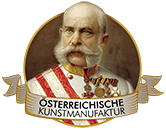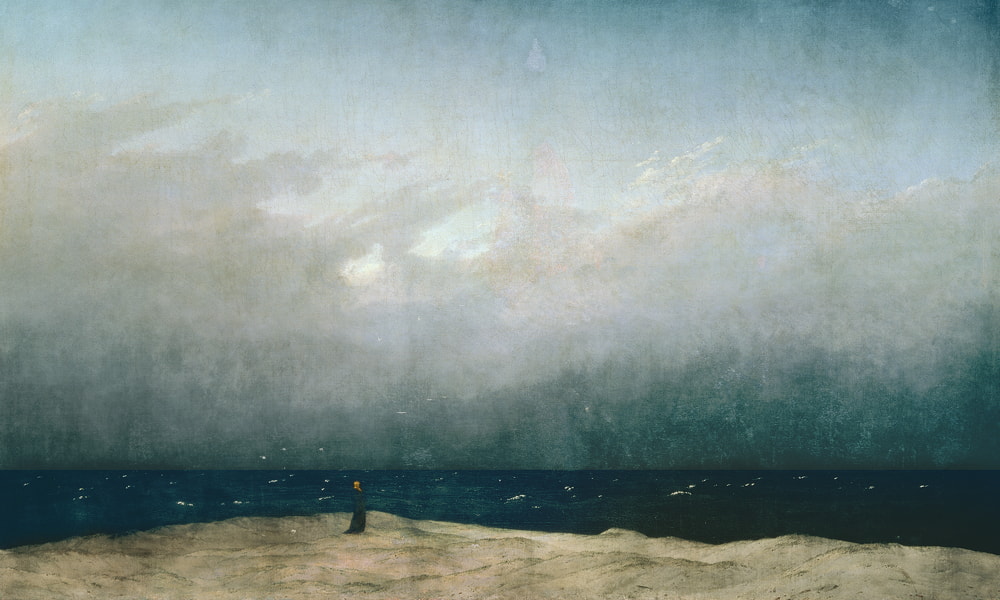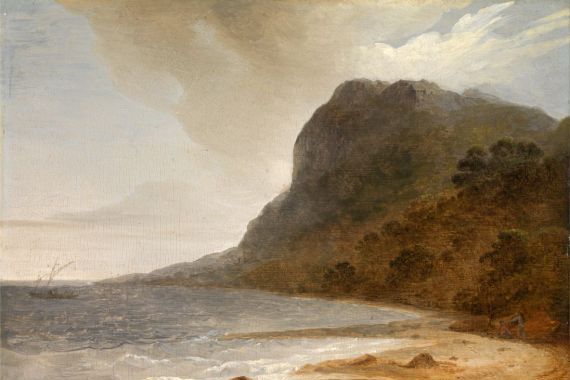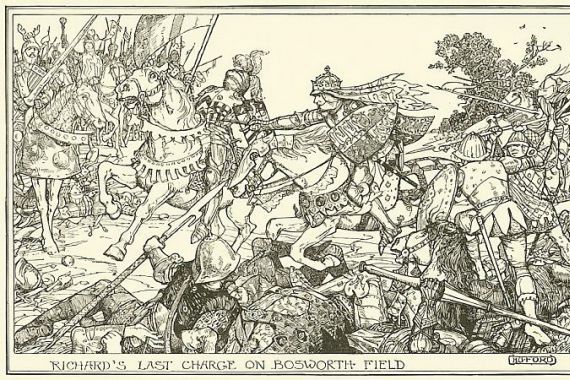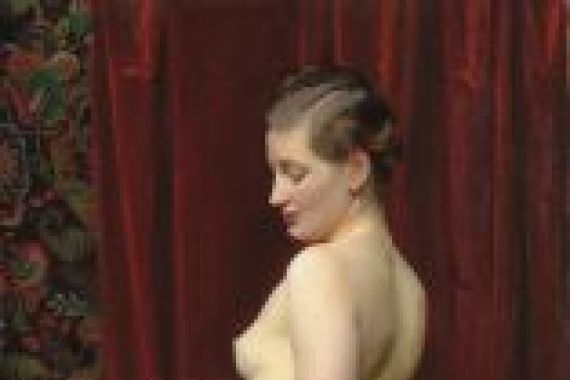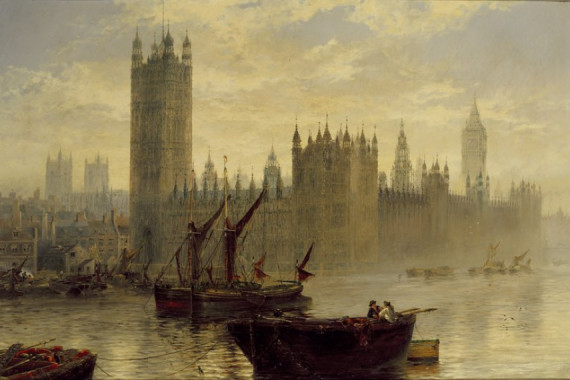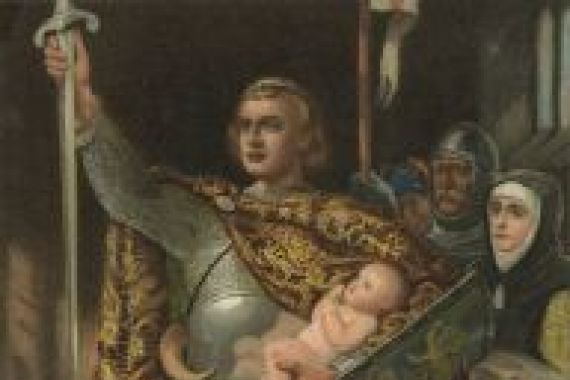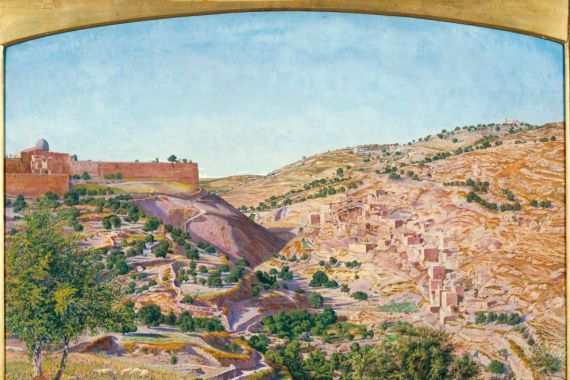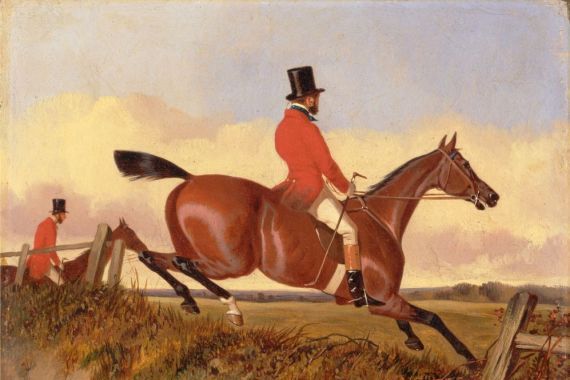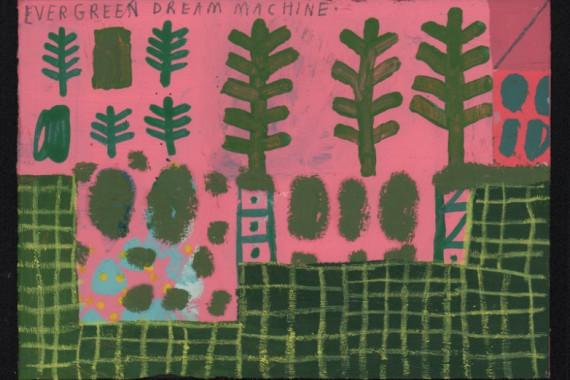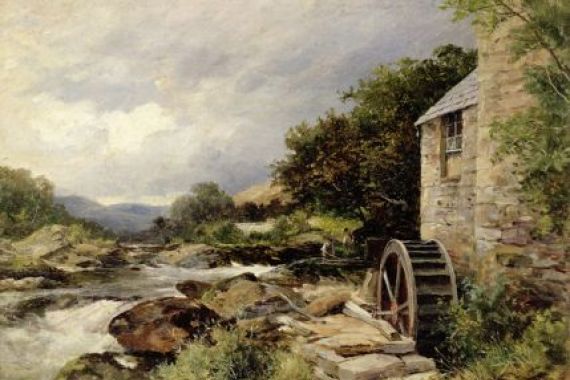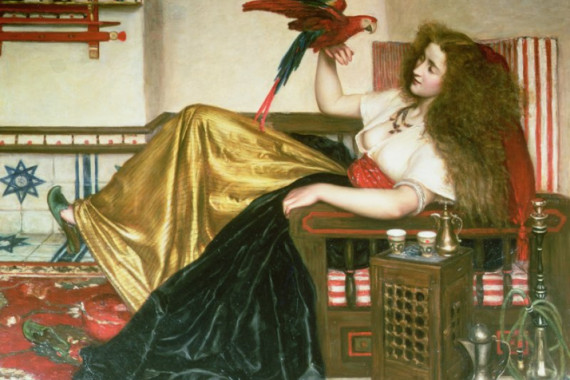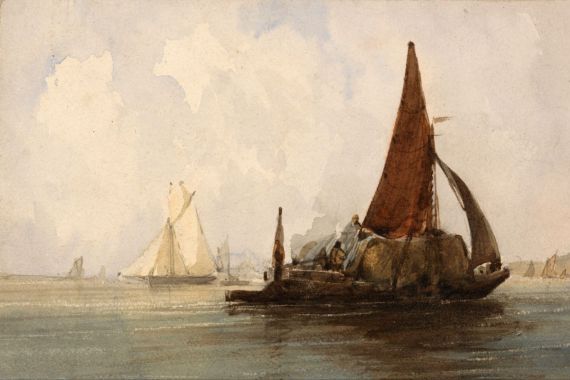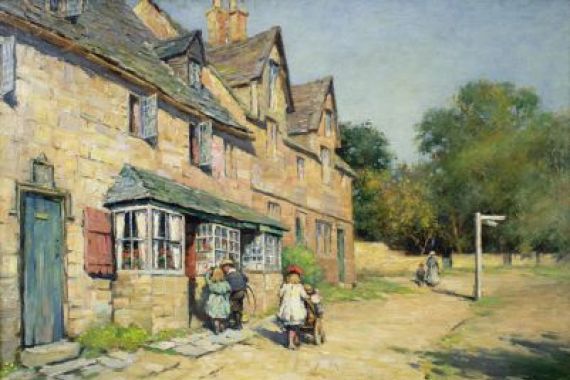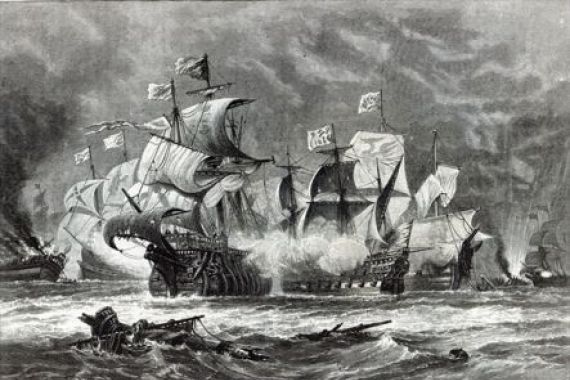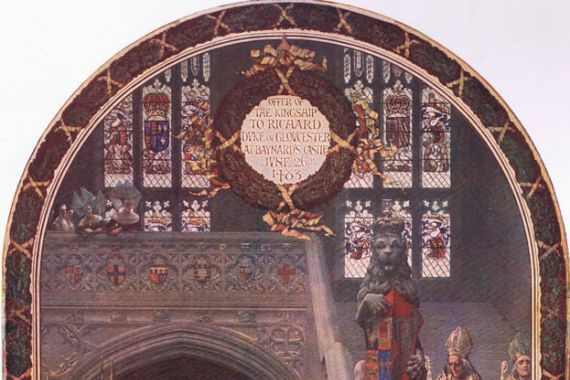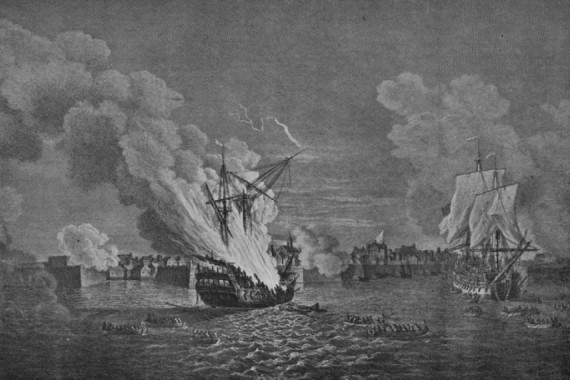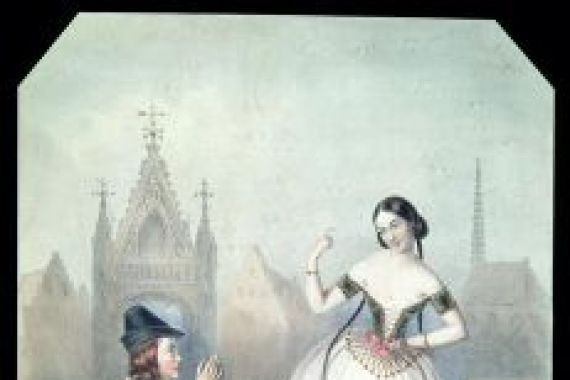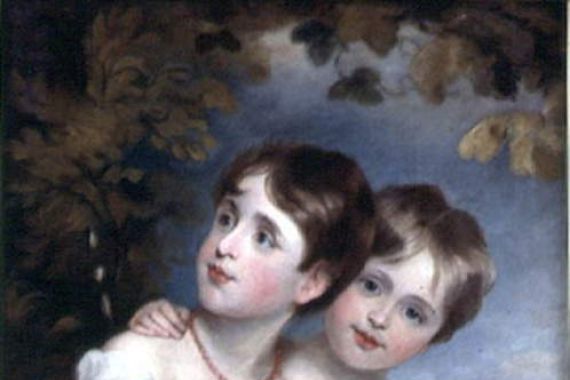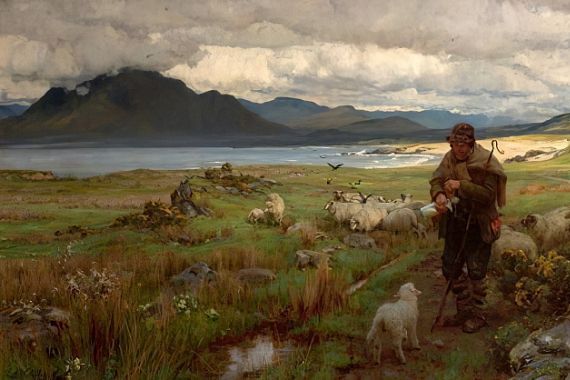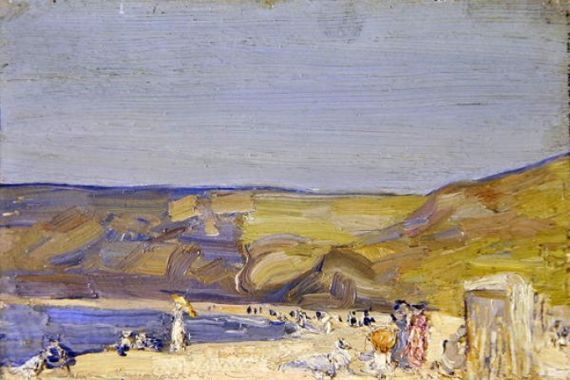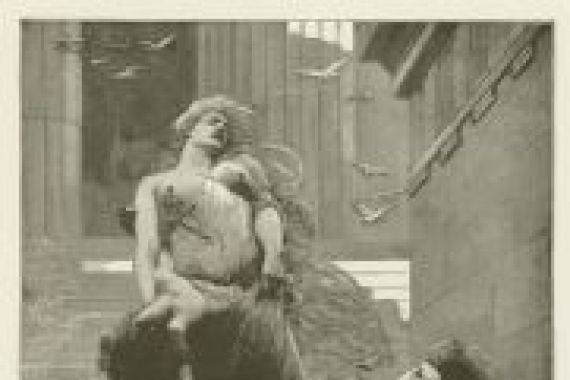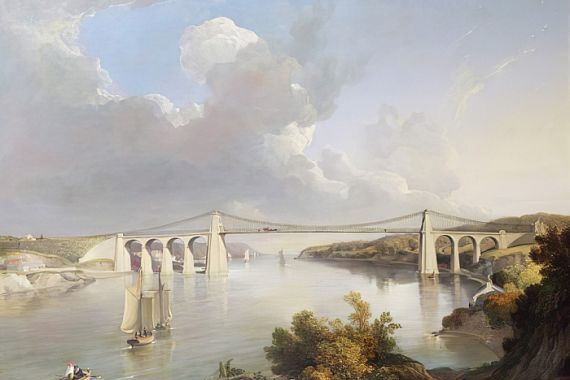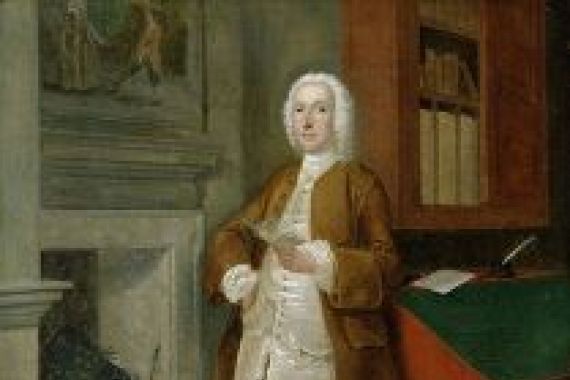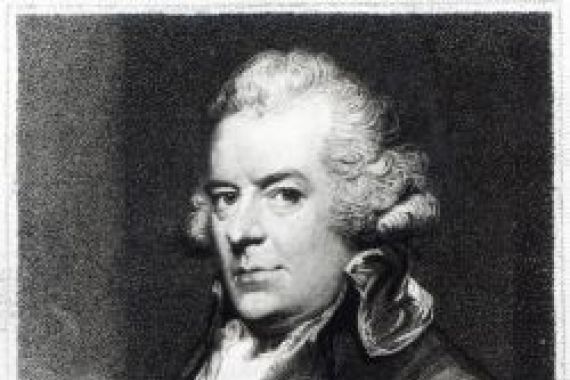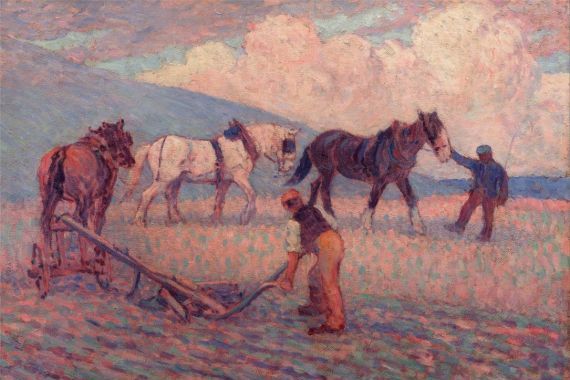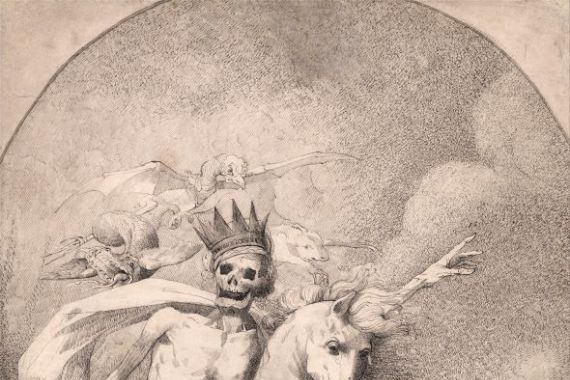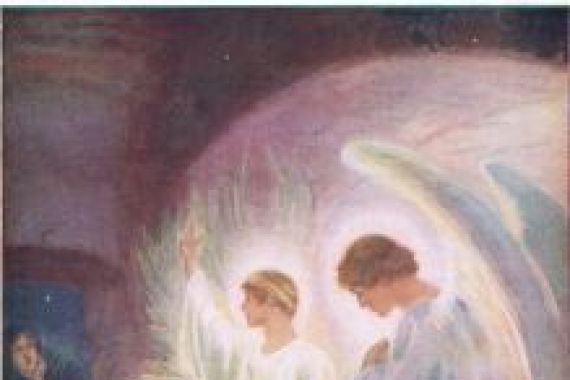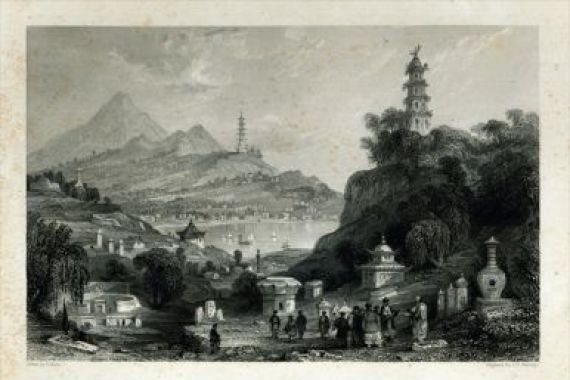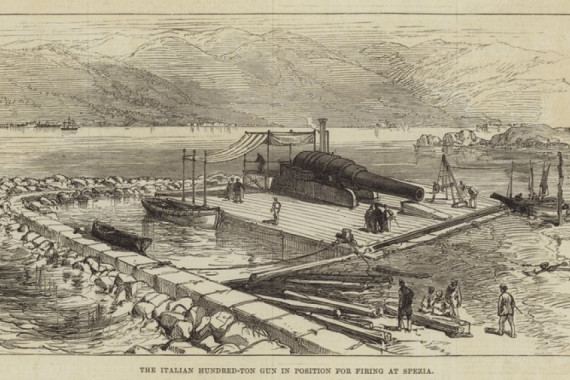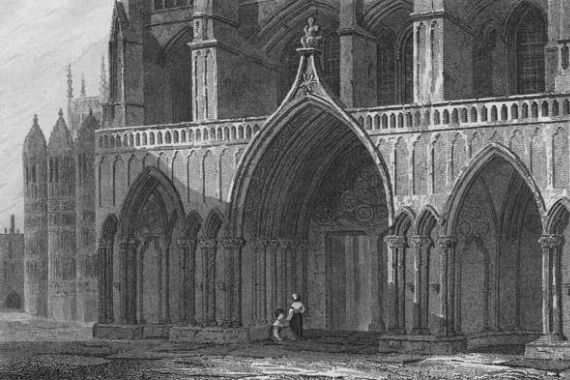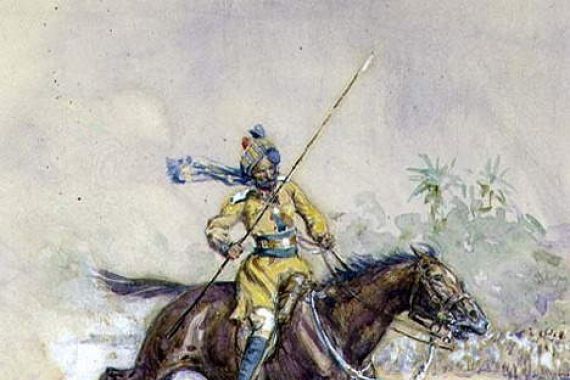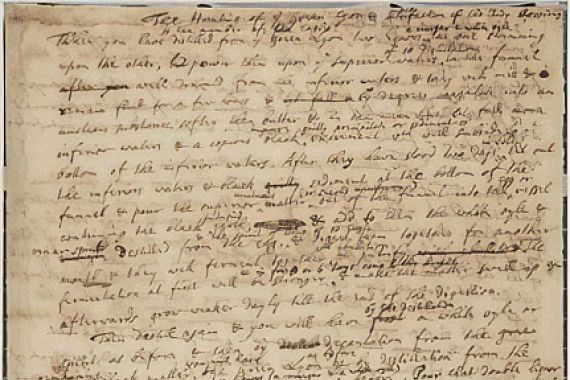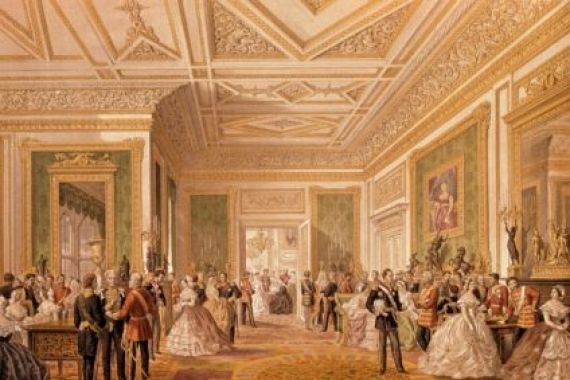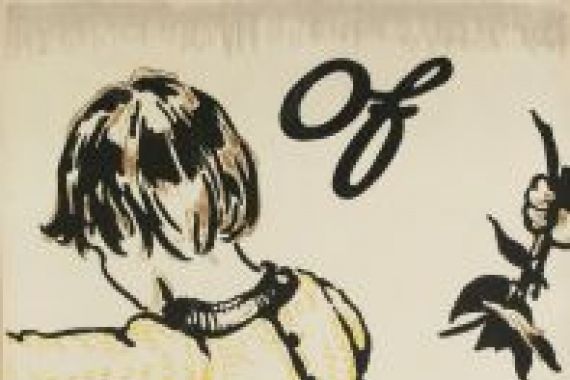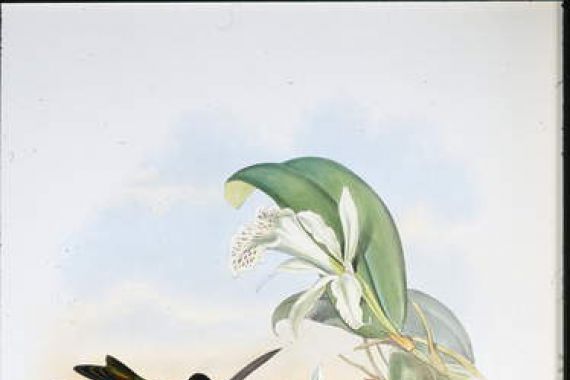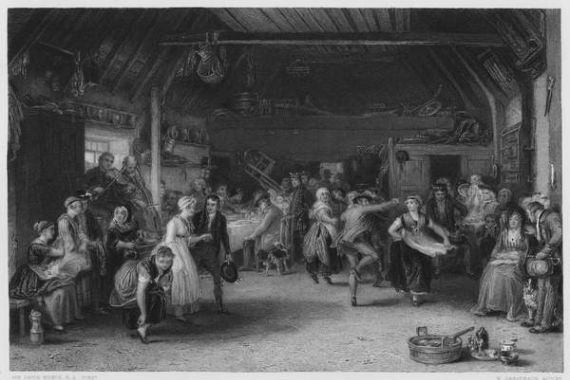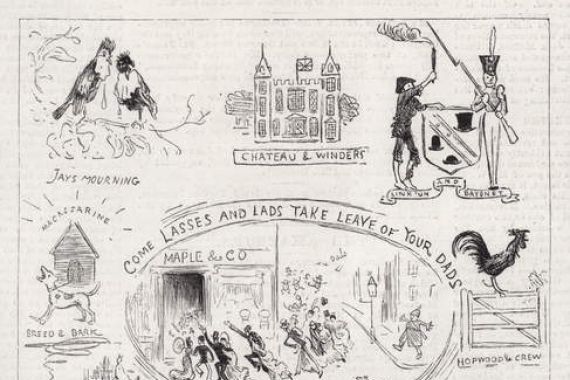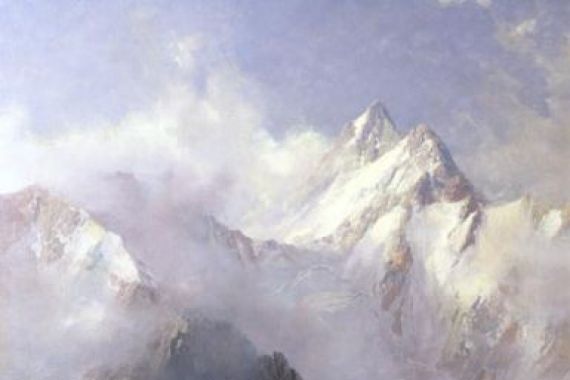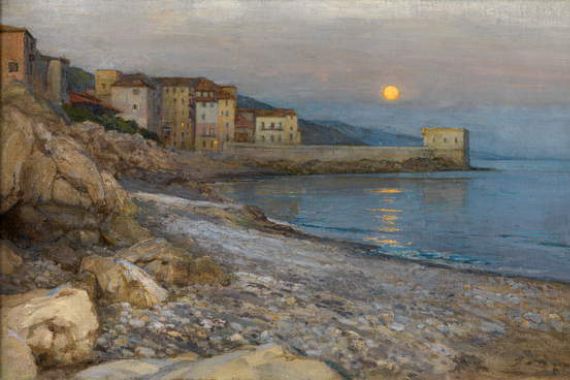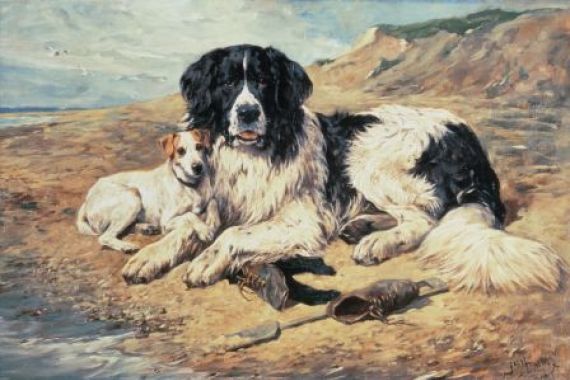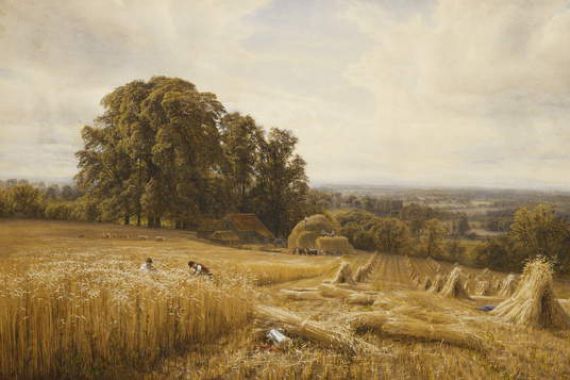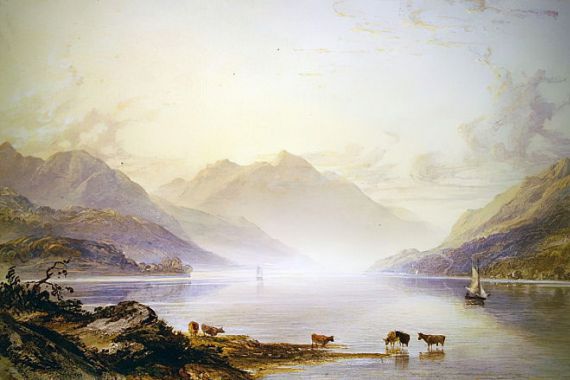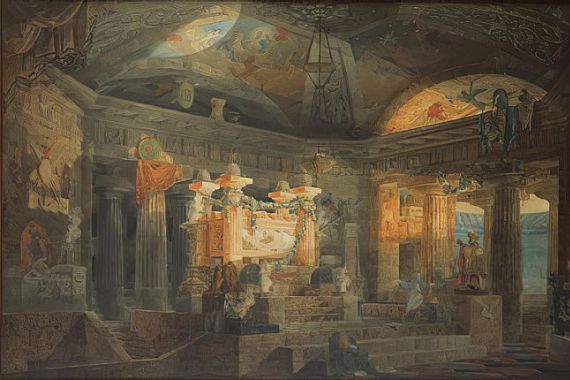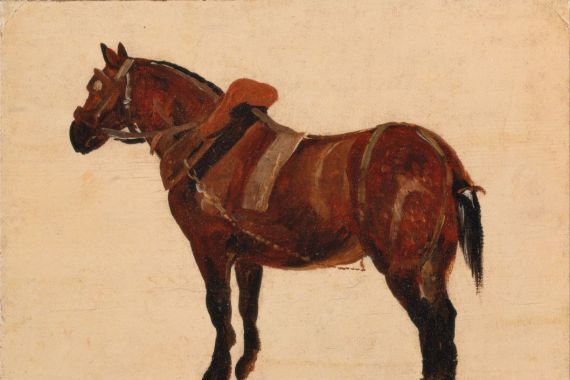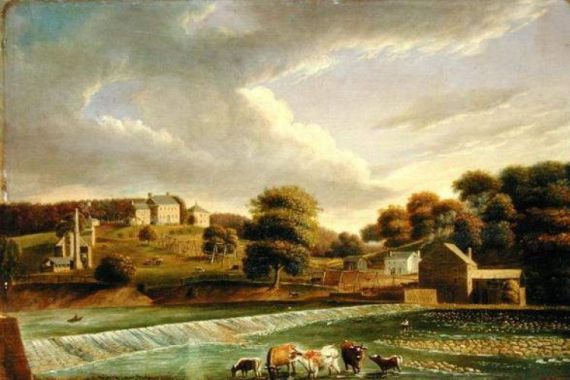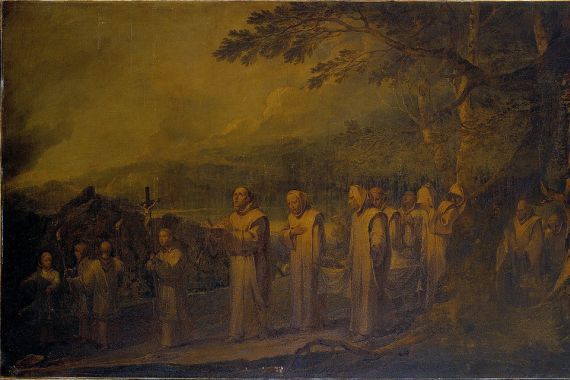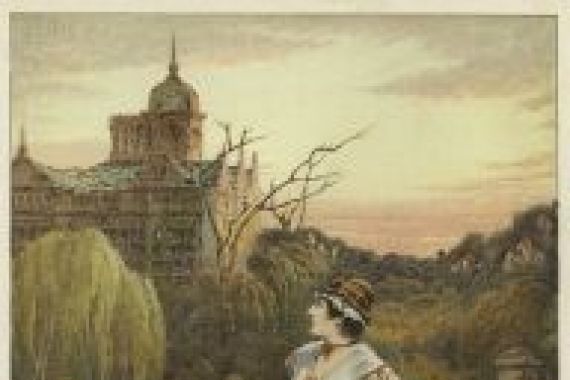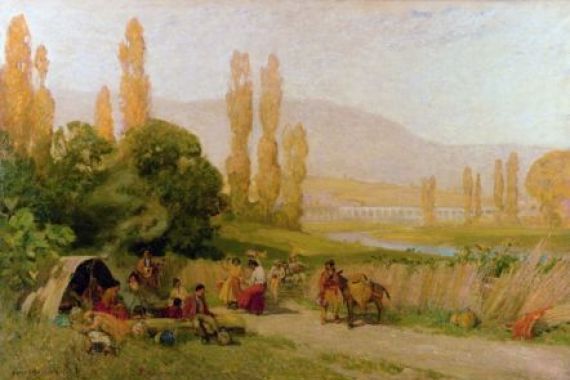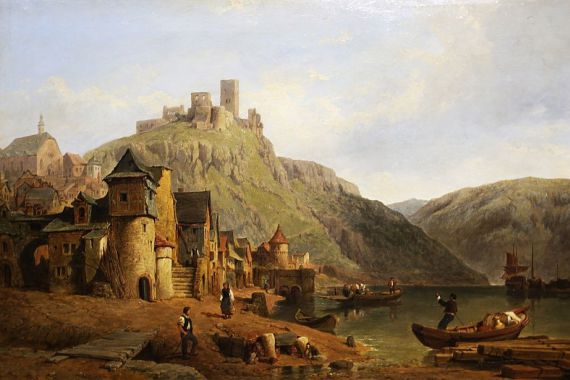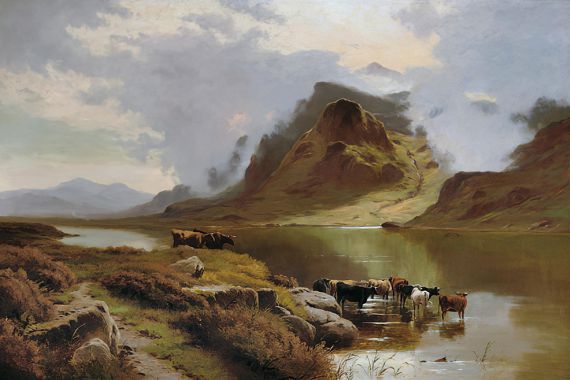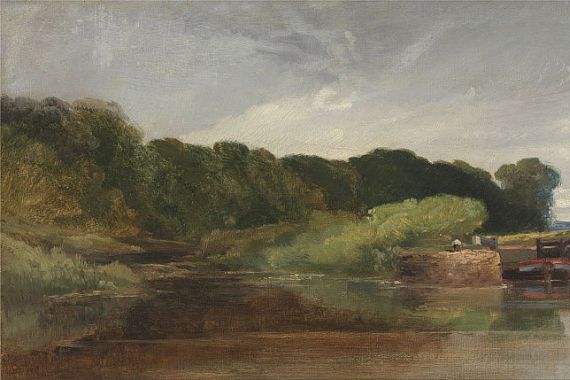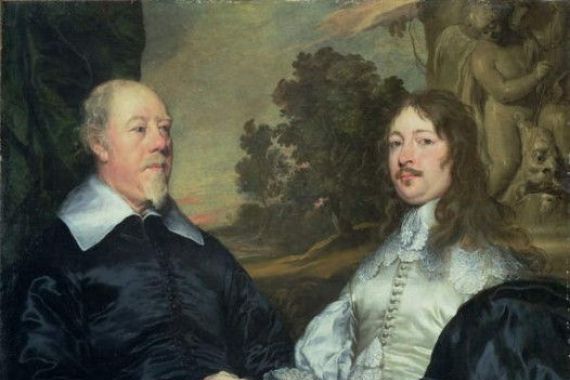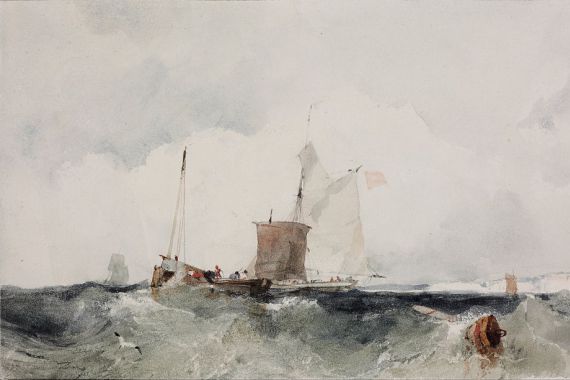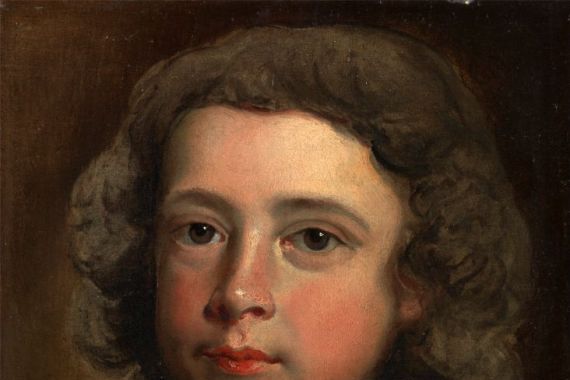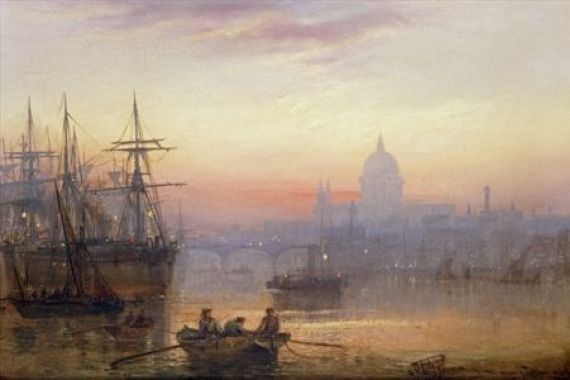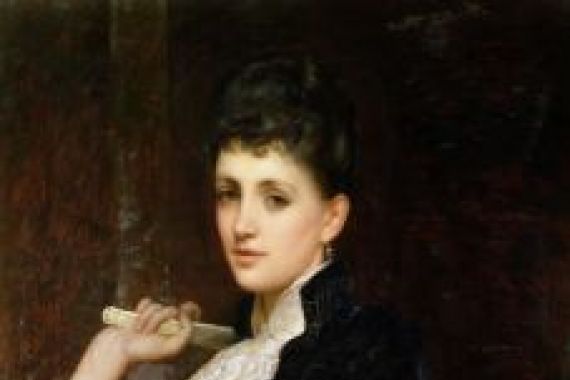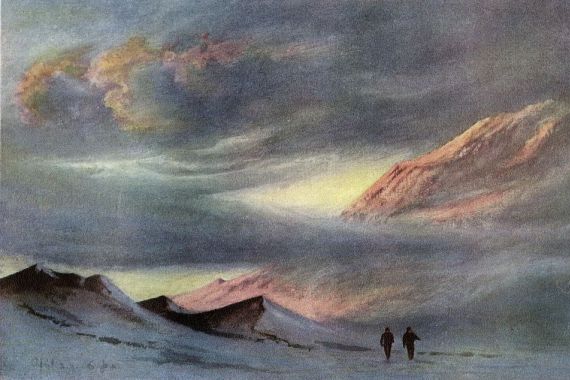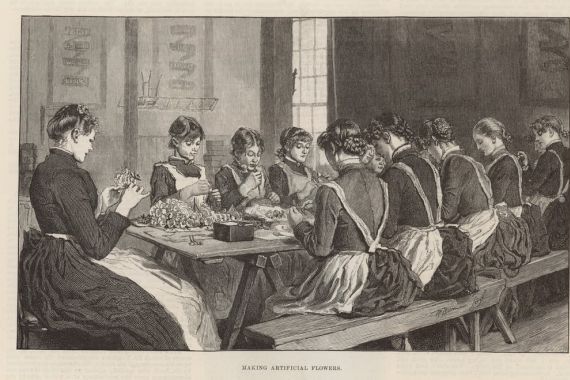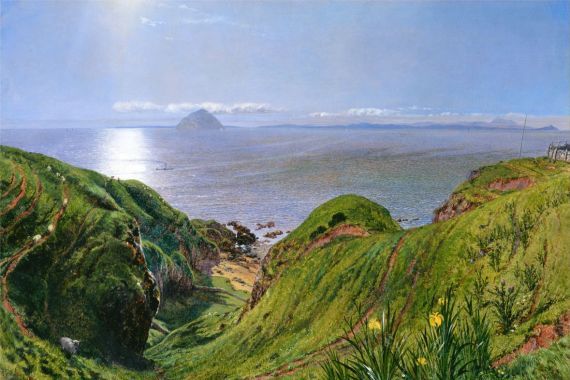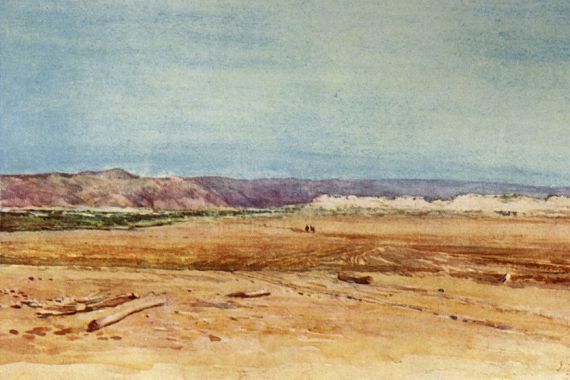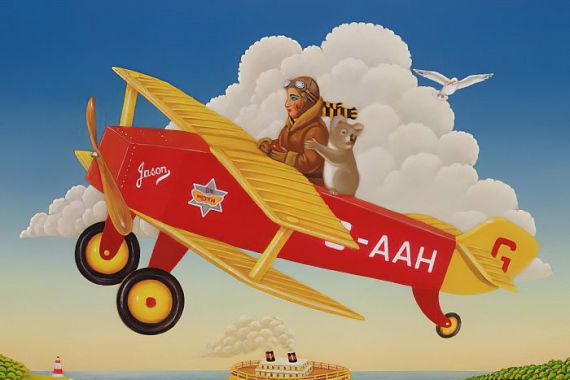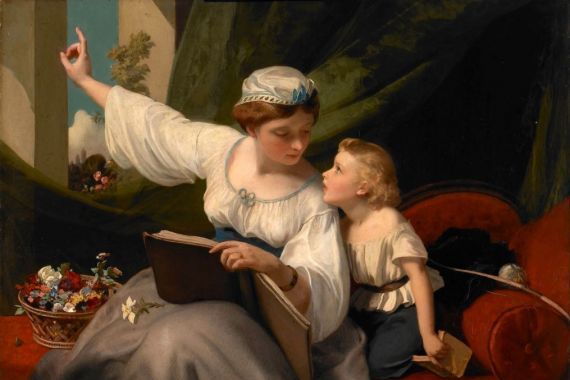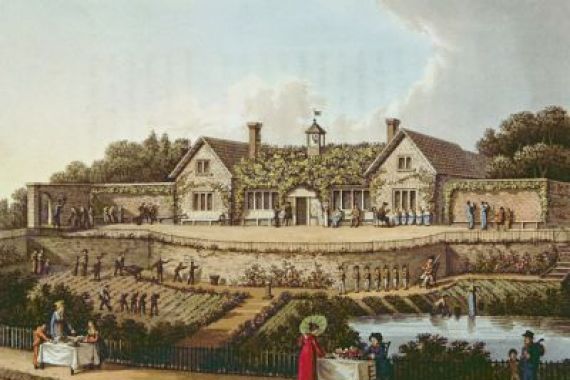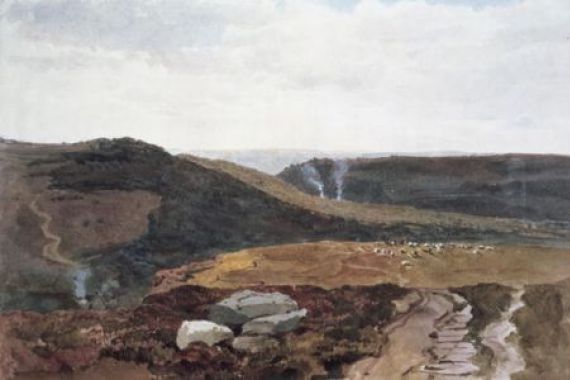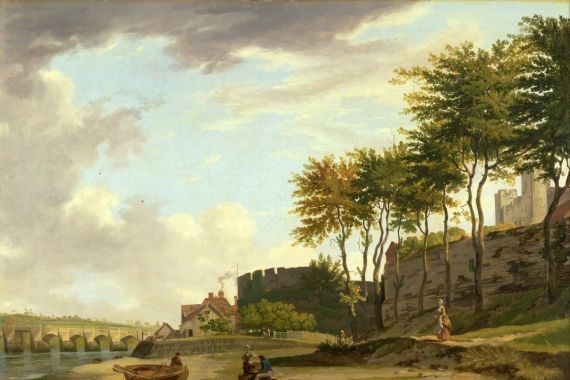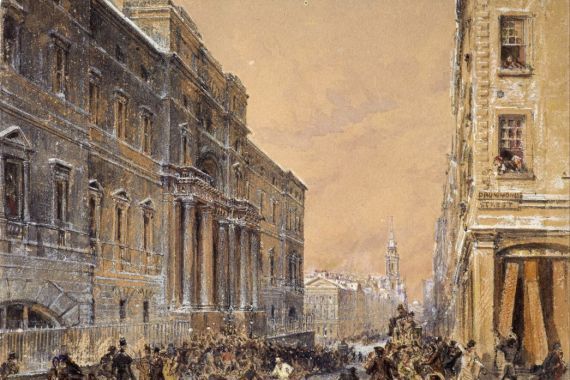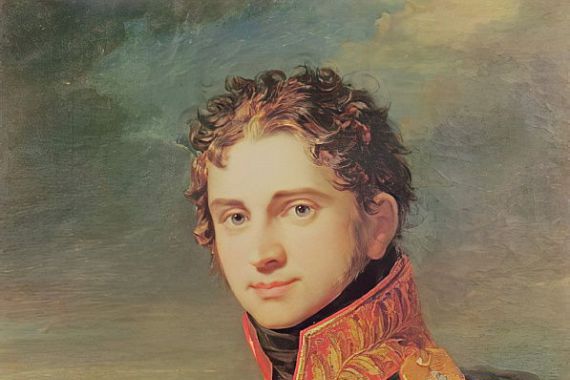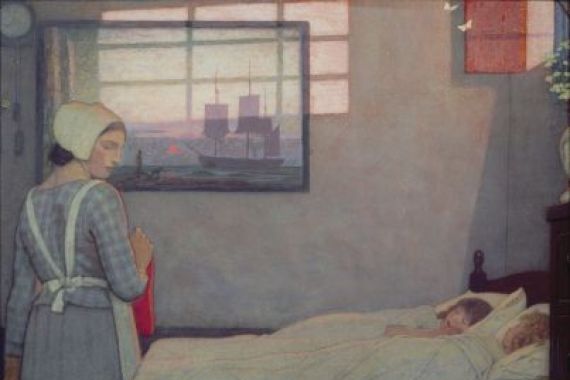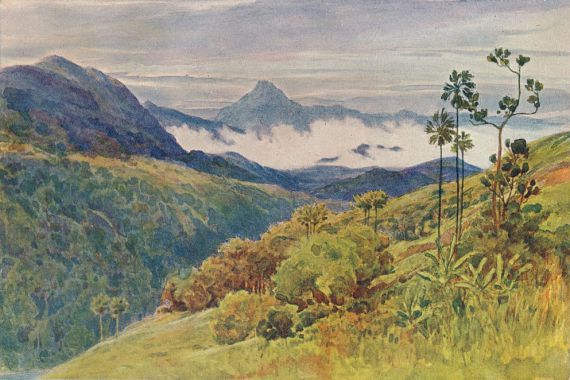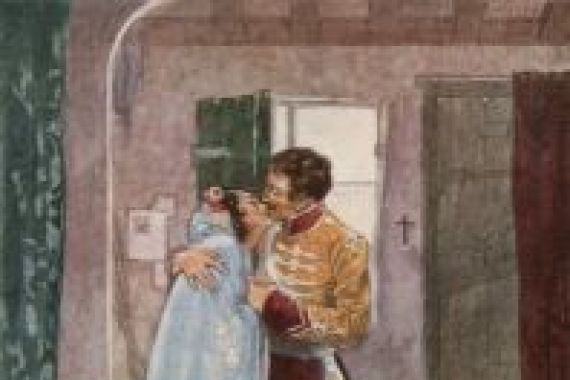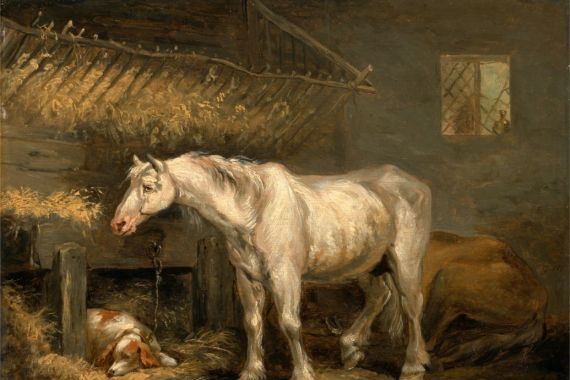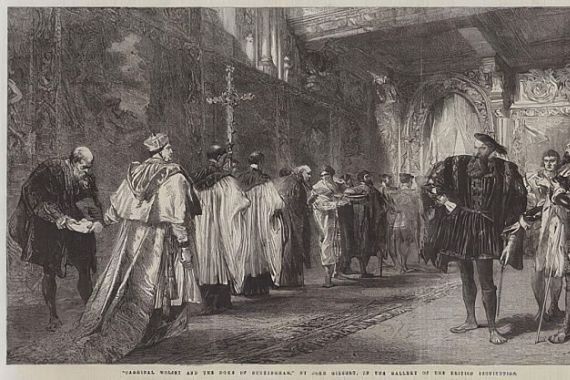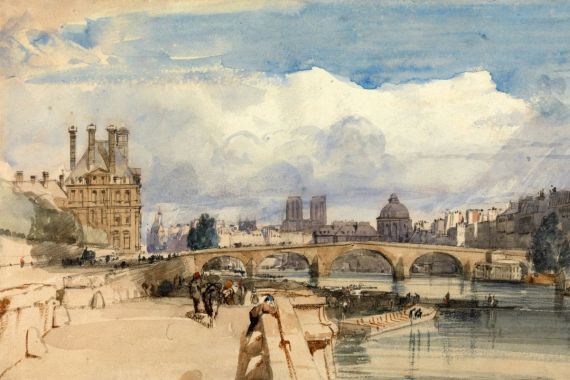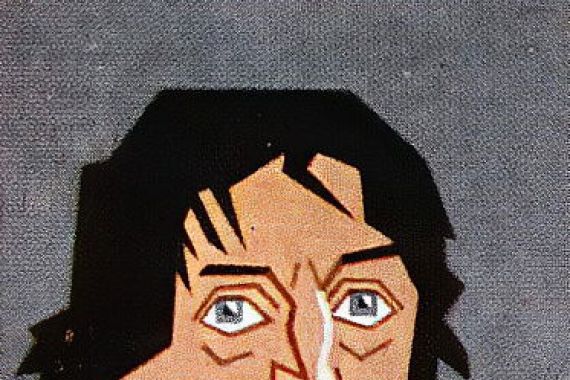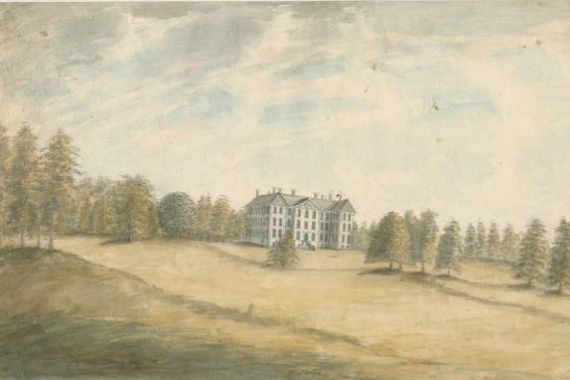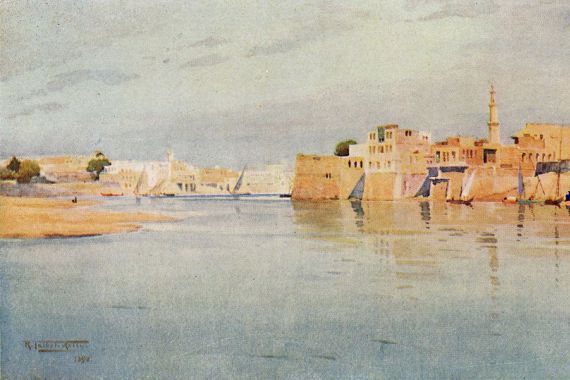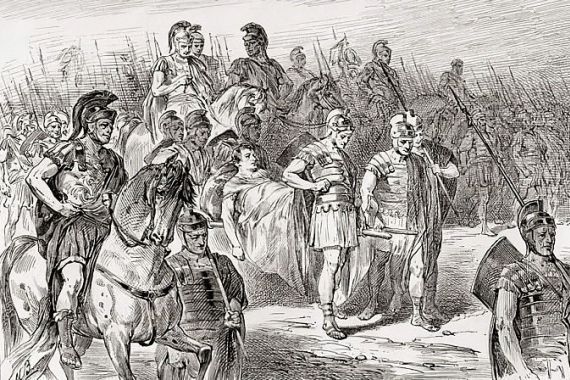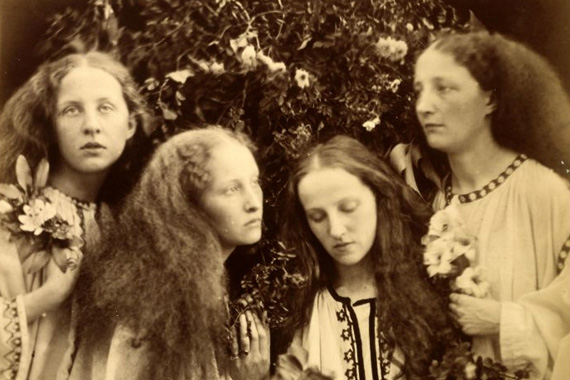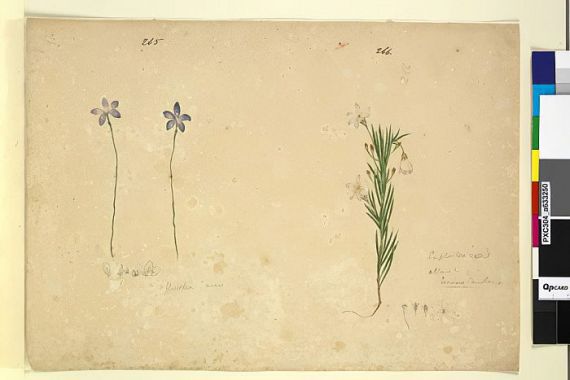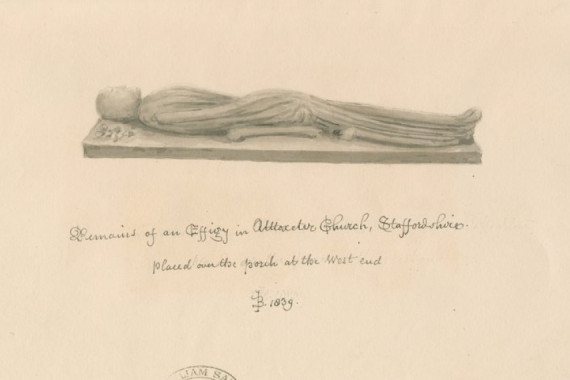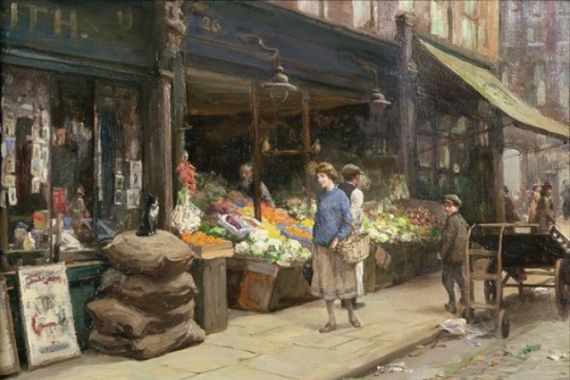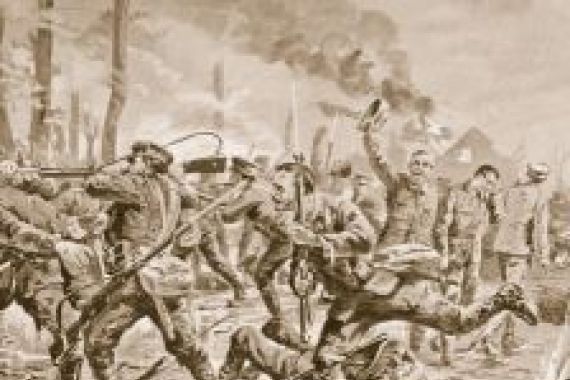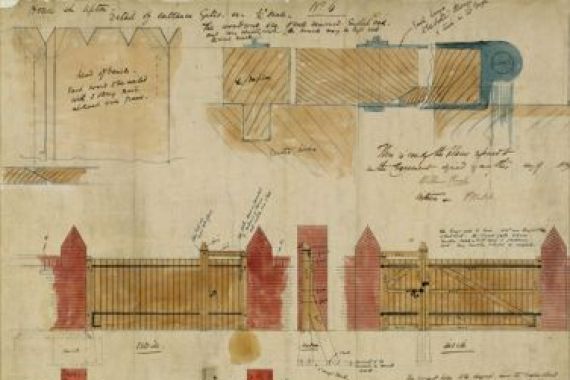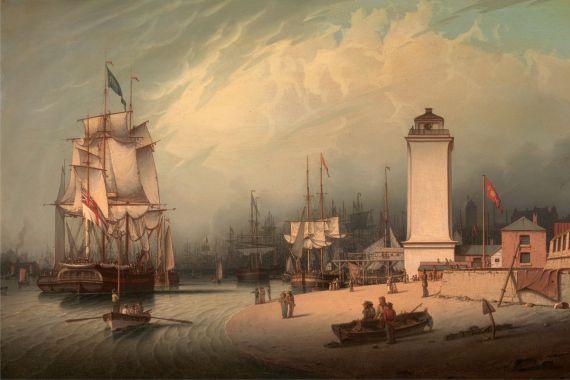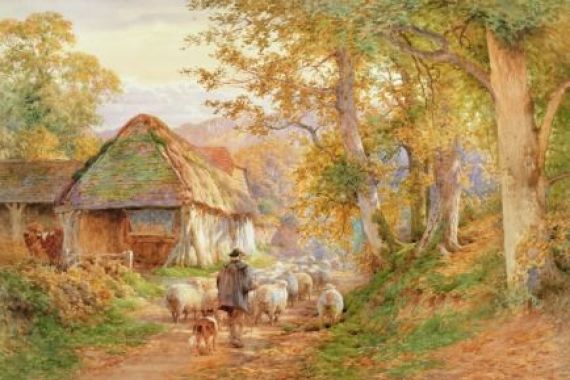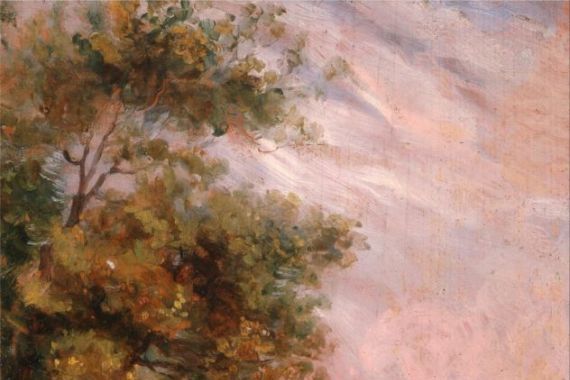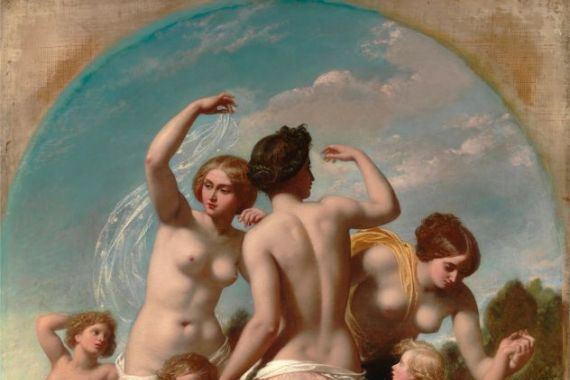"When I paint, I can hear the rain on the windowsill, the soft murmur of the Thames, the distant echo of voices in the streets of London. The colours on my palette are like the weather here: unpredictable, full of nuances, never quite tangible." This could be the inner monologue of a British artist sitting in his studio trying to capture the light breaking through the clouds - that famous silvery light that Turner and Constable so masterfully captured on canvas.
British art history is a kaleidoscope of mist, light and surprising boldness. When you think of the United Kingdom, you may first see the rolling hills of the countryside, but the country's studios and drawing rooms were always bubbling under the surface. William Turner, the "painter of light", made the sea rage and the sky burn in his oil paintings, as if he were challenging nature itself. His watercolours seem like fleeting dreams in which the water merges with the sky. John Constable, on the other hand, painted the English landscape with a tenderness that was almost revolutionary - his cloud studies are like poems of light and air, full of longing for home and nature.
But British art is far more than idyllic. In the smoky streets of Victorian London, works were created that dissected social life: the Pre-Raphaelites, with their bright colours and detailed depictions, took up brush and pen to tell stories of love, death and myth. Dante Gabriel Rossetti made his figures appear as if from a dream, while Ford Madox Brown captured the everyday with almost photographic precision - long before photography itself became an art form. And then, when modernism came knocking, artists such as Francis Bacon and Lucian Freud dared to take an unsparing look at the human condition: Their portraits are not flattering images, but landscapes of the soul, raw and disturbing, full of existential tension.
British art has always been open to experimentation. In the 1960s, pop art exploded in London: David Hockney, with his bright colours and clear lines, brought the Californian light back to England and showed that even the everyday can be glamorous. Peter Blake, inspired by comics and music, created the iconic cover for the Beatles album "Sgt. Pepper's Lonely Hearts Club Band" - a work that merged pop culture and high art. Meanwhile, artists such as Bridget Riley revolutionised vision itself with her hypnotic Op Art graphics: Her prints flicker and vibrate as if the paper were breathing.
What many people don't know: British watercolour art was a world leader in the 18th and 19th centuries. Artists such as Thomas Girtin and J.M.W. Turner turned watercolour into a highly esteemed art form in its own right - their sketchbooks are treasure troves full of light studies, spontaneous impressions and atmospheric landscapes. Even photography, often regarded as sober, became a poetic discipline on the island: Julia Margaret Cameron staged her portraits like paintings, with soft focus and dramatic light, creating images that are still moving today.
The art of the United Kingdom is a mirror of its islands: changeable, full of contrasts, always in dialogue with the world and yet unmistakably its own. It invites you to take a closer look - at the play of light and shadow, at the subtle nuances between melancholy and new beginnings, at the stories hidden in every brushstroke, every line, every splash of colour. Those who embark on this journey will not only discover big names, but also the quiet tones that make British art so unique.
"When I paint, I can hear the rain on the windowsill, the soft murmur of the Thames, the distant echo of voices in the streets of London. The colours on my palette are like the weather here: unpredictable, full of nuances, never quite tangible." This could be the inner monologue of a British artist sitting in his studio trying to capture the light breaking through the clouds - that famous silvery light that Turner and Constable so masterfully captured on canvas.
British art history is a kaleidoscope of mist, light and surprising boldness. When you think of the United Kingdom, you may first see the rolling hills of the countryside, but the country's studios and drawing rooms were always bubbling under the surface. William Turner, the "painter of light", made the sea rage and the sky burn in his oil paintings, as if he were challenging nature itself. His watercolours seem like fleeting dreams in which the water merges with the sky. John Constable, on the other hand, painted the English landscape with a tenderness that was almost revolutionary - his cloud studies are like poems of light and air, full of longing for home and nature.
But British art is far more than idyllic. In the smoky streets of Victorian London, works were created that dissected social life: the Pre-Raphaelites, with their bright colours and detailed depictions, took up brush and pen to tell stories of love, death and myth. Dante Gabriel Rossetti made his figures appear as if from a dream, while Ford Madox Brown captured the everyday with almost photographic precision - long before photography itself became an art form. And then, when modernism came knocking, artists such as Francis Bacon and Lucian Freud dared to take an unsparing look at the human condition: Their portraits are not flattering images, but landscapes of the soul, raw and disturbing, full of existential tension.
British art has always been open to experimentation. In the 1960s, pop art exploded in London: David Hockney, with his bright colours and clear lines, brought the Californian light back to England and showed that even the everyday can be glamorous. Peter Blake, inspired by comics and music, created the iconic cover for the Beatles album "Sgt. Pepper's Lonely Hearts Club Band" - a work that merged pop culture and high art. Meanwhile, artists such as Bridget Riley revolutionised vision itself with her hypnotic Op Art graphics: Her prints flicker and vibrate as if the paper were breathing.
What many people don't know: British watercolour art was a world leader in the 18th and 19th centuries. Artists such as Thomas Girtin and J.M.W. Turner turned watercolour into a highly esteemed art form in its own right - their sketchbooks are treasure troves full of light studies, spontaneous impressions and atmospheric landscapes. Even photography, often regarded as sober, became a poetic discipline on the island: Julia Margaret Cameron staged her portraits like paintings, with soft focus and dramatic light, creating images that are still moving today.
The art of the United Kingdom is a mirror of its islands: changeable, full of contrasts, always in dialogue with the world and yet unmistakably its own. It invites you to take a closer look - at the play of light and shadow, at the subtle nuances between melancholy and new beginnings, at the stories hidden in every brushstroke, every line, every splash of colour. Those who embark on this journey will not only discover big names, but also the quiet tones that make British art so unique.
×



